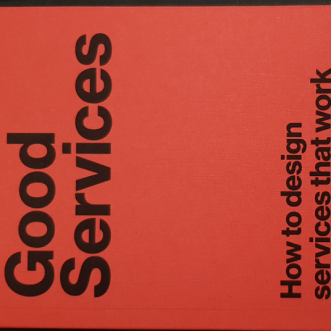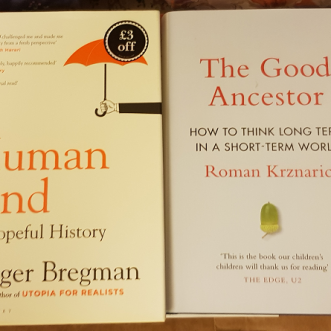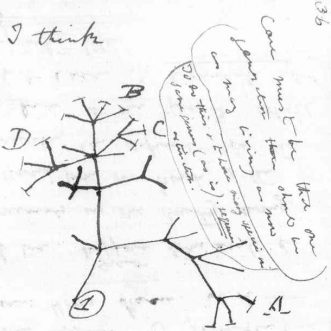November 13, 2020
The systems and processes we build in our businesses are geared towards the outcomes we seek. All too often, those outcomes revolve around the boss, the board, or the shareholders – making targets, preparing reports, increasing share prices. The real purpose of the business – to make and keep promises for clients – gets lost, even though this is how the internal outcomes actually get achieved.
When you build a business of any size, you need to work through others, and you need to be able to trust that they can deliver as you would, without having to stand over them. I believe the best way to achieve that is to build systems and processes that support people to manage themselves.
In this mini-series, I’m exploring how you can use Service Design ideas to help you do that, using the principles outlined in this brilliant book by Lou Downe “Good Services” as my starting point. Let me stress, this is not a re-hash of the book, but an exploration of how it fits with my ideas for turning a business into a system for making and keeping promises. The book is well worth buying for yourself!
A service is a process that helps a user to do something. Your team wants to share and deliver your promise on your behalf. That makes them users of the services you build.
Principle number 4 is simple, but surprisingly deep. “A good service enables a user to complete the outcome they set out to do.” Even if that outcome is bigger than your service.
The thing to remember here is that your service may be only a step towards the outcome the user is trying to achieve. We humans tend to arrive at a business with tactics: “I need social media support”, or “I need a large screen TV“, keeping the strategy behind it to ourselves “I want to launch a new product“, “I’m building a home cinema.“. Even a large service can be a tactic “I want an extension to my house.” could be a step on the way to “I’m growing my family“, or “I’m sorting my house out before we retire“, or “I’m building a property portfolio as my pension.“
Finding out more about the strategy behind the service your client has requested is key to unlocking more value for them and for you. You know you can help your client achieve the tactical outcome – that’s why they came to you. If you help them move even further towards their strategic objective, you’ll exceed your own promise to them And that creates loyalty and advocacy – even if you never make a sale.
Let me illustrate this with a story. Many years ago, I came across a young woman selling chocolate-related treats from a converted vintage ice-cream van. The treats were cold in summer, hot in winter. They were quirky and delightful, and me being me, I asked her if she’d considered franchising it. She had, and we agreed to discuss it. At the time, I was working with my friend Barnaby Wynter, and I knew he should be involved, so we both sat down with this young entrepreneur to talk about what she wanted to achieve and how we could help.
We talked for two, maybe three hours. We got her life story, her hopes, her dreams and her vision for a new kind of street life, centered around food, fairness and culture. All three of us agreed that franchising the ice-cream van wasn’t the right service for her. We could have done it. It would have been successful, but it wasn’t the outcome she was really looking for. I’m not sure even she knew that before we started our conversation, but she did by the end. That young woman went on to found KERB.
So what does this mean in practice for designing services to support your team?
First off, make sure you include a step right at the beginning of your Share Promise service that enables a team member to uncover a prospect’s overall objectives. This may be as simple as asking “What do you want to use it for?”, or “Why do you need that?”, or it may be a longer and deeper conversation, along the lines covered by a Dale Carnegie sales training course.
Next, cultivate ways to meet more of those discovered objectives yourself. That might mean adding new products or services to your offering, or it might mean building a network of trusted co-providers you can refer someone to. People in this network should be willing and able to return the favour when they are the point of entry for the client. In fact, if you start to recognise that a particular strategic objective is common, you could even create a consortium or eco-system of fellow businesses to deliver the whole package.
The outcome your users (your team) seek is to share your business’s promise, and to keep or exceed it for the people who sign up. That means that the services you design must be focused on the client, and the outcomes they are really looking for.
By enabling your team to enable your clients to achieve their larger objectives, your business will easily hit its targets, have interesting stuff to report to the board, and if that’s your thing, improve your share price.









